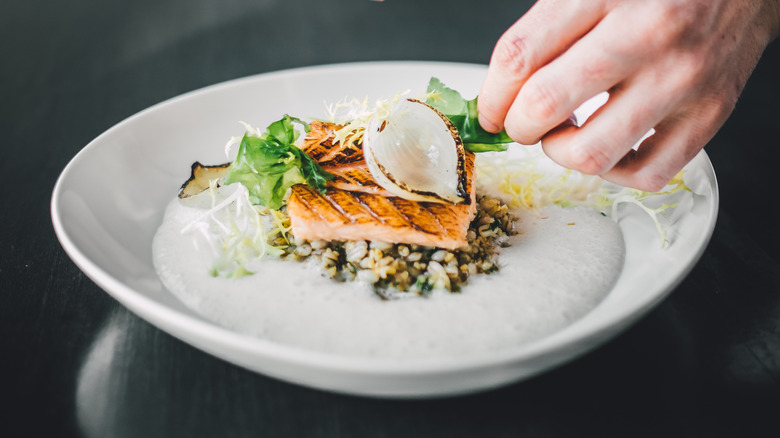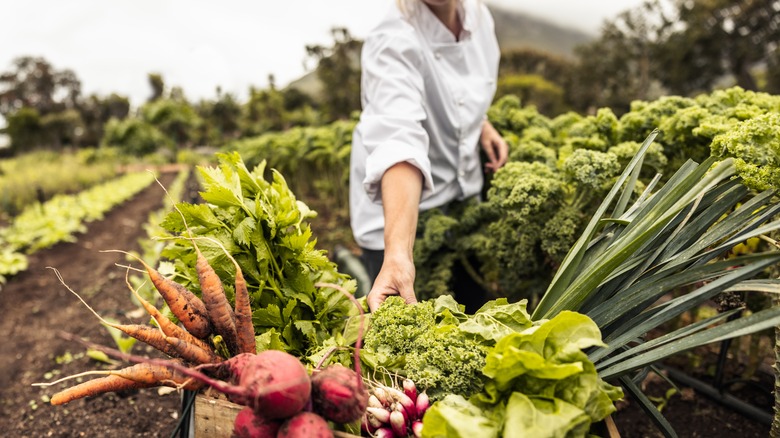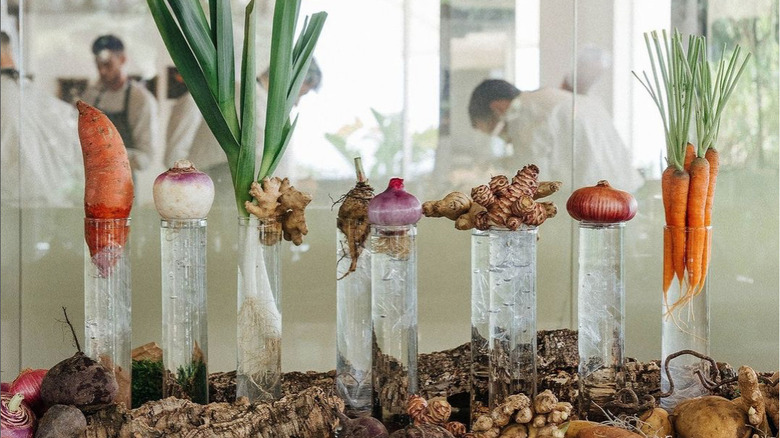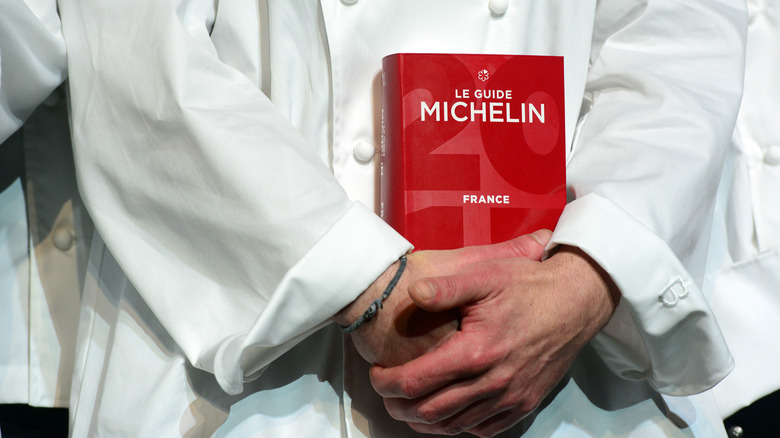Why Are So Many Michelin-Starred Restaurants In Small Towns And Villages?
Michelin stars, the ultimate symbols of fine dining, are commonly associated with expensive, white-tablecloth establishments in major metropolitan cities like Paris, New York, or Tokyo. Indeed, many Michelin-starred restaurants are integrated into the restaurant ecosystems of these culinary capitals.
However, a surprising number of Michelin-starred establishments — particularly those with the coveted three stars, the association's highest ranking — are located in small towns and villages. For example, Baiersbronn in Germany, a village with barely 16,000 residents, boasts an astonishing seven Michelin-starred restaurants. Restaurants with three Michelin stars can also be found in small towns from France to California, such as Mirazur in the French village of Menton, or The French Laundry in Yountville, CA, which had a population of under 3,500 people in 2021.
While these might seem like odd outliers, the pattern makes sense when you consider the advantages of sourcing food in rural areas compared to big cities. Locating a restaurant closer to the food sources allows for greater control over the dining experience, often leading to dazzling results.
The epitome of farm to table
What many of the less centrally located Michelin-starred restaurants share is a strong connection to the land around them, which is reflected in their dishes. Often situated in picturesque villages, these restaurants are typically surrounded by the farms, forests, and gardens where their food is grown, foraged, or hunted. Many even operate their own farms and gardens, tailoring their menus to what is available on a day-to-day basis.
L'Enclume, a three-starred restaurant in the small town of Cartmel in the United Kingdom, manages its own 12-acre farm less than one mile from the restaurant. Much of the food served there is grown on this farm. According to L'Enclume, the farm "was built with a clear vision in mind: to strengthen the link between our food, its development and the environment, and to further develop the relationship between cooking and growing."
Similarly, Blue Hill at Stone Barns in New York State, a two-starred restaurant — which helped lead the farm to table movement — operates its own working farm and primarily uses locally-sourced ingredients. Both L'Enclume and Blue Hill have also been awarded the Michelin Green Star, which honors restaurants making significant efforts in sustainability. Given that many Green Star recipients focus on foraging, regenerative agriculture, and reducing their environmental footprint, it's not surprising that many of these establishments are located well outside major cities.
Michelin star restaurants focus on hyper-seasonality
Of course, all restaurants that have earned the pinnacle distinction of one or more Michelin stars didn't achieve this by being careless about their food sourcing. However, operating a restaurant in collaboration with a farm or other local food sources allows for a heightened level of attunement to the micro-seasons that offer hyper-seasonal dining opportunities.
Take, for instance, Mirazur in Menton, France. This restaurant, which boasts three Michelin stars as well as a Green Star, has fully integrated its dining experience with the surrounding region. Located on the French-Italian border, Menton has a unique microclimate that enables the cultivation of a wide variety of special fruits and vegetables year-round. The town is particularly renowned for its citrus. Mirazur operates five gardens, two of which are on-site, that benefit from this range of growing capabilities. As a result, the menu adheres to what Chef Mauro Colagreco described to Food Republic as "365 seasons," reflecting the idea that nature provides something different to feature on a diner's plate every single day.
"Mirazur is not only a restaurant, but a real ecosystem," Chef Mauro said. "I took advantage of the rural location, with local terroir and climate that allow me to cook amazing products like bananas, citrus, vegetables ... but also to work with local producers and in doing so expand their knowledge ... In Mirazur, nature dictates the cuisine and gives the rhythm to the restaurant."
The history of the Michelin Guide
Setting a high-profile restaurant in a remote location can offer numerous benefits, one of which is that it naturally becomes a destination dining experience. Interestingly, the concept of going out of one's way to make a culinary pilgrimage to far-flung locations is deeply rooted in the history of the Michelin Guide. Developed over the first few decades of the 20th century by tire manufacturer Michelin, the guide was initially conceived as a way to encourage people to travel more frequently — and, thus, to wear out their car tires, prompting them to buy new ones.
The Guide introduced a starred ranking system for restaurants in the 1930s, each star having its own specific meaning. According to the Michelin Guide, one star signifies "high quality cooking" and indicates that the restaurant is worth traveling to for a meal. Two stars denote "excellent cooking" and suggest the restaurant is "worth a detour." Three stars represent "exceptional cuisine" and declare the restaurant "worth a special journey." Therefore, awarding multiple stars to restaurants located outside the scope of traditional culinary tourism hubs aligns perfectly with the original ethos of the Michelin Guide.




